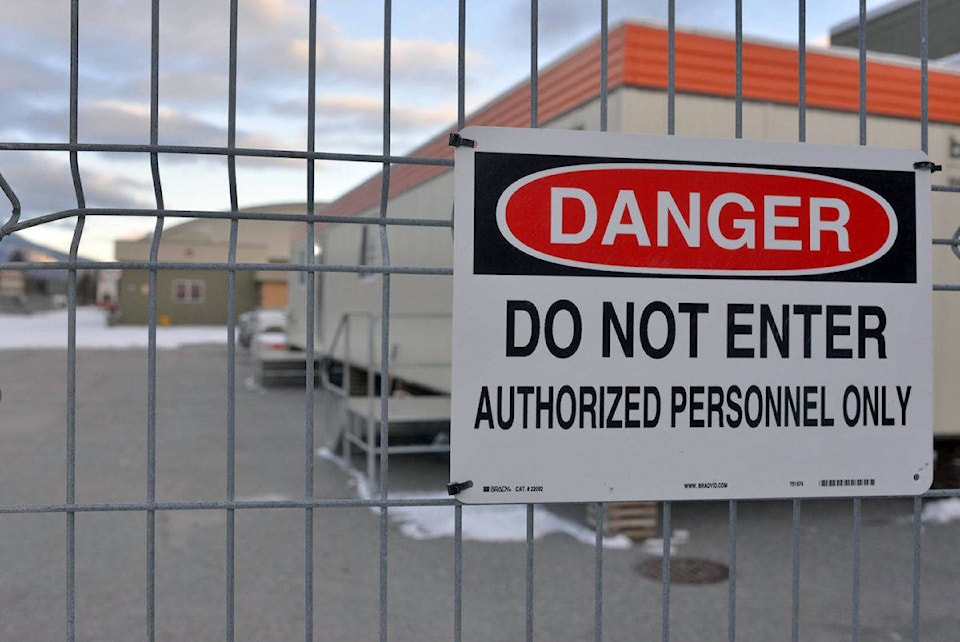The chain of events leading to the deaths of three workers in Fernie last year have become more clear, and lessons from the investigation could be valuable to communities using similar ammonia systems in their arenas.
Following a 10-month process, Technical Safety BC released its findings, on July 25, on the causes of the Oct. 17 ammonia leak that caused the deaths of Wayne Hornquist, Lloyd Smith and Jason Podolski.
READ MORE: Civic Centre ammonia incident on of numerous cases occurring in B.C. since 2007
Jeff Coleman, director of risk and safety knowledge at Technical Safety BC, provided an overview of the investigation that took place between Oct. 2017 and July 2018.
“We inspected, tested and analyzed the refrigeration system components at the Fernie Memorial Arena to determine the equipment that failed,” Coleman said. “We identified relevant organizational and operational decisions that may have contributed to that equipment failure.”
Technical Safety BC also made 18 recommendations based on the results of its investigation to improve the general safety of refrigeration systems. The ammonia refrigeration system that was used in Fernie is common and used in arenas throughout Canada, including the system at the Jim Ciccone Civic Centre arena in Prince Rupert that had a leak on July 4.
The report concluded there were three primary factors that contributed to the incident. First, there was an equipment failure caused by a leaking tube that released ammonia back into the system’s main chiller tank. The system was sealed, but building pressure within the tank eventually caused a pipe in the mechanical room to burst, releasing the ammonia into the room.
The second factor was the decision to operate the leaking chiller, even though the issue had been previously identified. In the summer of 2017, the leak was identified in the chiller tank during seasonal maintenance, but a decision was made to monitor the leaking chiller and it returned to operation on Oct. 16.
“While the equipment failures originated from a small hole in a curling chiller tube, Technical Safety BC has concluded that the cause of this incident was the decision to operate that leaking chiller,” Coleman said.
Finally, the ventilation system in the ammonia mechanical room was not equipped to prevent a high concentration of ammonia from building up in the room. The report states that the location and condition of the fan could not ventilate the job properly.
READ MORE: Two taken to hospital after ammonia leak at recreation centre
The report’s recommendations included improving maintenance and replacement policies for the systems, providing more training for their use and creating clear policies and procedures for when future leaks occur.
In the Prince Rupert incident, two people were taken to the hospital and the Jim Ciccone Civic Centre Recreation Centre was evacuated. The leak is currently being investigated by WorkSafeBC.
matthew.allen@thenorthernview.com
Like us on Facebook and follow us on Twitter
